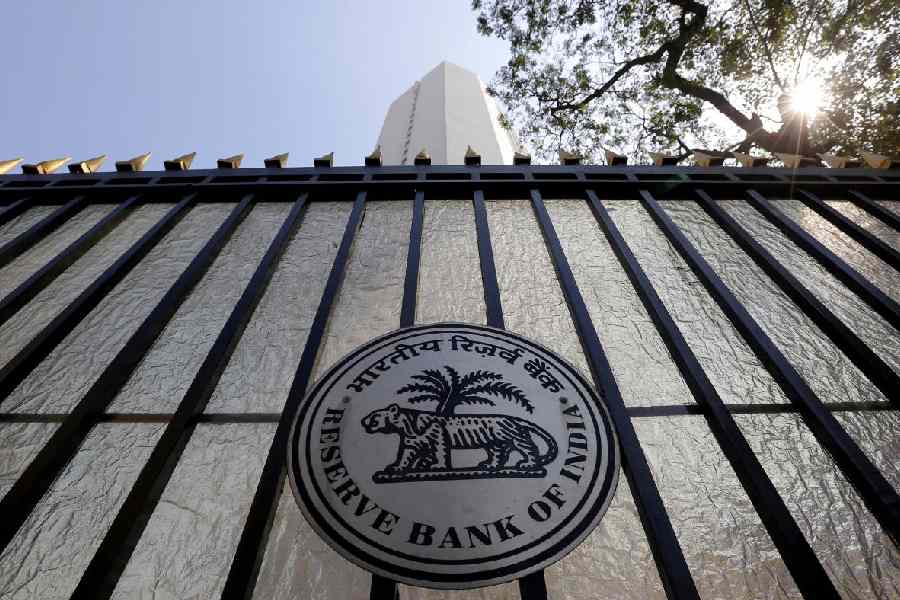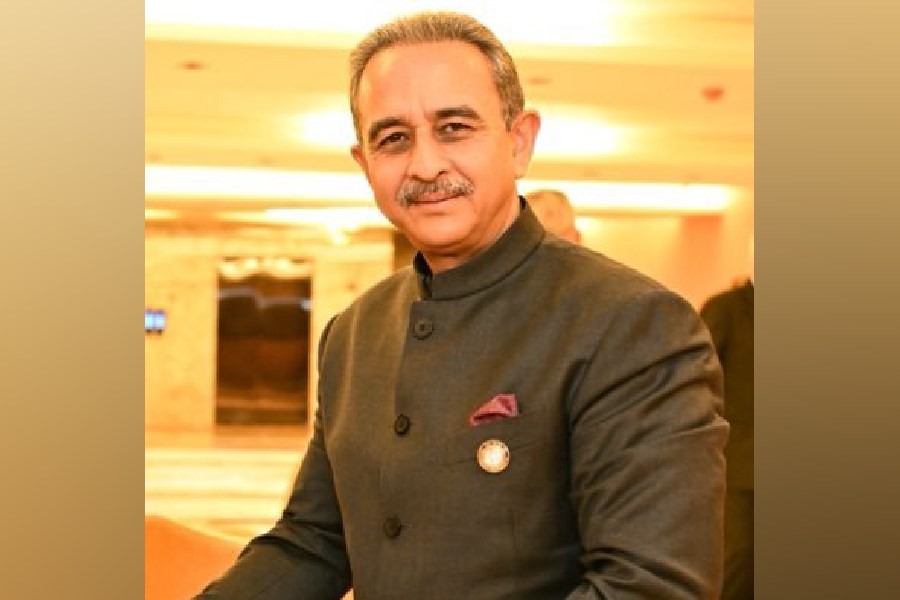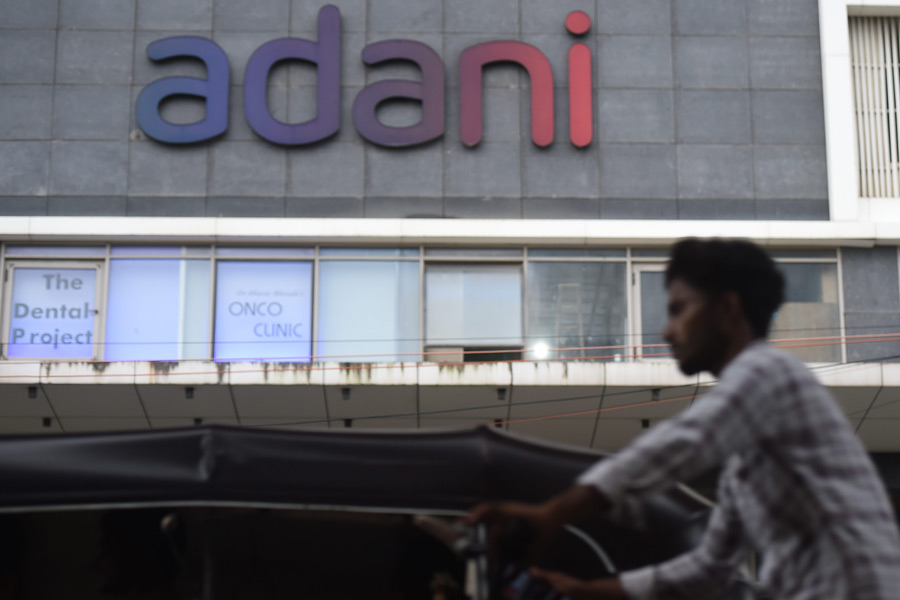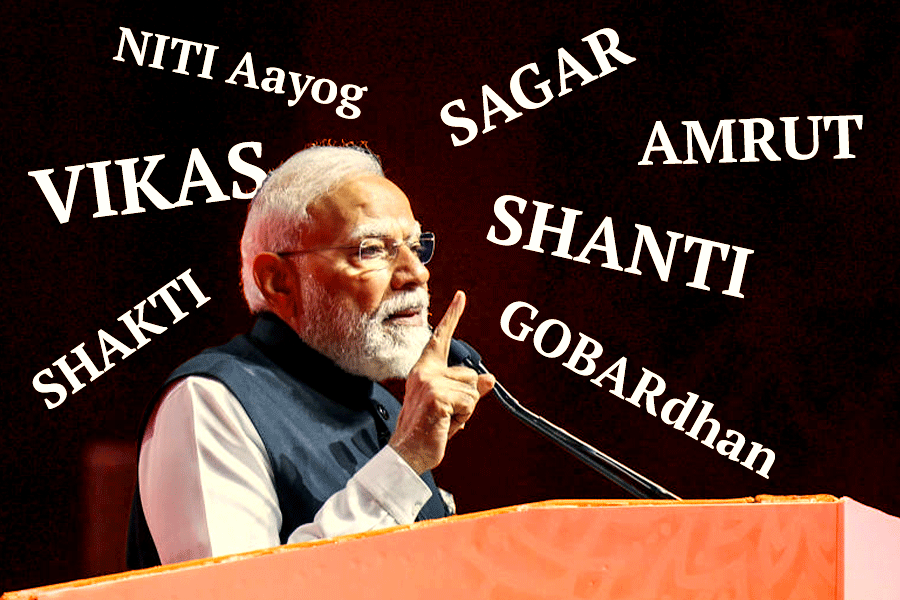Calcutta: All eyes will now be on banks to lower their credit and deposit rates after the RBI announced a surprise 50 basis points (0.5 per cent) rate cut in repo rate and lowered cash reserve ratio by 100 basis points (1 per cent) to improve liquidity for banks and push credit offtake to support growth.
Following the 50 basis points cut in repo rate in February and April monetary policy, banks have so far lowered their interest rates by 17 basis points on outstanding loans and 6 basis points on fresh loans since February. On the deposit side, there has been a 27 basis point reduction in average term deposit rates in response to the rate cut (see chart).
“We are yet to see a perceptible transmission in the credit market segment, though we must keep in mind that it happens with some lag,” said RBI governor Sanjay Malhotra.
The governor, however, said that unlike past precedents, policy rate transmission has been faster in the current cycle that started in February. “But we need to do it faster, and that’s why we have front-loaded some of the actions,” Malhotra said.
Bank officials told The Telegraph that while repo rate-linked loans will see faster transmission, repricing of deposits could take longer as the banks will have to protect their customer base in a highly competitive industry while keeping an eye on the margins.
“On the asset side, a very large portion of the retail and SME portfolio is external benchmark-linked, which is typically the repo rate. Those will, in all likelihood, get repriced immediately within the quarter. However, what will take more time is retail deposits, as there is no mechanism for automatic transmission in the case of deposits.
The majority of tenure on deposits is around one year. So, that book will be repriced over a period of say 6-9 months. Banks may also look at further lowering savings rates as well,” a senior director of a PSU bank said, adding that by the third quarter, transmission of rates is expected to gain momentum.
“The RBI now focuses on the transmission mechanism, which has been slow to start with and is still not significantly visible for the credit markets,” said Indranil Pan, chief economist, Yes Bank.
As of December 31, 2024, 60.6 per cent of the outstanding floating rate loans were external benchmark-linked, while 35.9 per cent were linked to MCLR (marginal cost of funds based lending rate).
Credit growth push
A key reason why the RBI chose to front-load the cut in repo rates and CRR (cash reserve ratio) is to give an impetus to credit growth that has been on a downward trajectory since March 2024. Data compiled by CareEdge Ratings show that credit growth has come down from 20.2 per cent in March 2024 to 10.3 per cent in April 2025 and has further come down to 9.8 per cent as of May 16, 2025.
“The policy is positive for all sectors, particularly for banking and finance. In particular, lower cost of borrowing will act as a counterbalance to any uncertainty,” said CS Setty, chairman, SBI.
“We believe this policy decision is expected to provide the necessary drive for credit expansion in priority sectors,” Ajay Kumar Srivastava, MD & CEO, Indian Overseas Bank.
“The additional liquidity, coupled with lower interest rates, should temper borrowing costs and boost economic growth. The move will also bolster the economy from uncertainties around tariffs, geopolitical issues, etc,” said PD Singh, CEO, India & South Asia, Standard Chartered.
“Frontloading monetary stimulus in the form of jumbo rate cuts and aggressive CRR cuts will boost credit demand while infusing durable liquidity in the financial system and lowering the overall cost of funds in the economy,” said Sudipta Roy, MD & CEO of L&T Finance Ltd.
Margin relief
The benefit of a CRR cut, that is expected to unlock ₹2.5 lakh crore in the banking system by December 2025, will lead to relief on the margins of the lenders in the third quarter.
“The steep cut in repo rate is expected to sharply impact the net interest margins (NIMs) of the banks, and Q2FY2025 is expected to be the weakest. Thereafter, the pressure on NIMs is expected to decline with the benefit starting to flow in from CRR cut and extent of cut taken by banks on their saving rate deposits while the term deposit rates will reprice downward with a lag,” said Sachin Sachdeva, VP and sector head - financial sector ratings, ICRA Ltd
Gold loan
Malhotra said the central bank will provide more clarity on how lenders assess ownership of gold, and for small loans up to ₹2.5 lakh backed by gold as collateral, there will be no need for credit appraisal.
The LTV (loan-to-value) ratio for small ticket loans of up to ₹2.5 lakh will be revised from the proposed 75 per cent to 85 per cent.
Microfinance measure
The RBI has announced a reduction in the minimum qualifying asset requirement for NBFC - Microfinance Institutions from 75 per cent to 60 per cent of their total assets.
“NBFC-MFIs will now be able to increase the proportion of their business in non-microfinance segments, thereby offering them an opportunity to enhance the diversity of their loan portfolio,” said Malvika Bhotika, director, Crisil.











